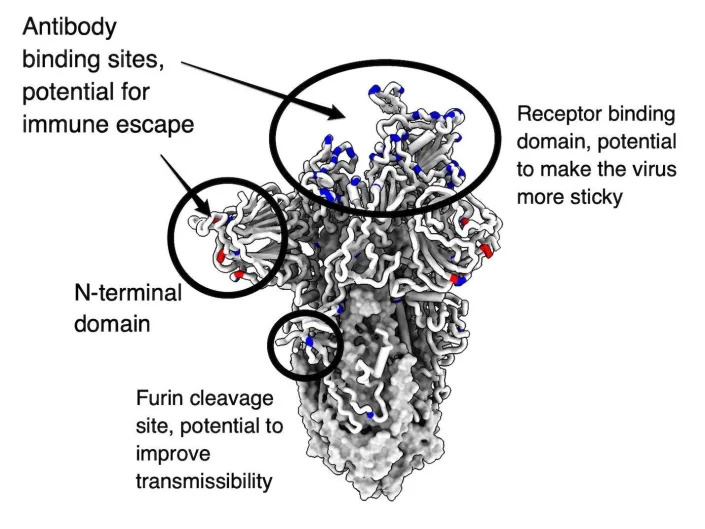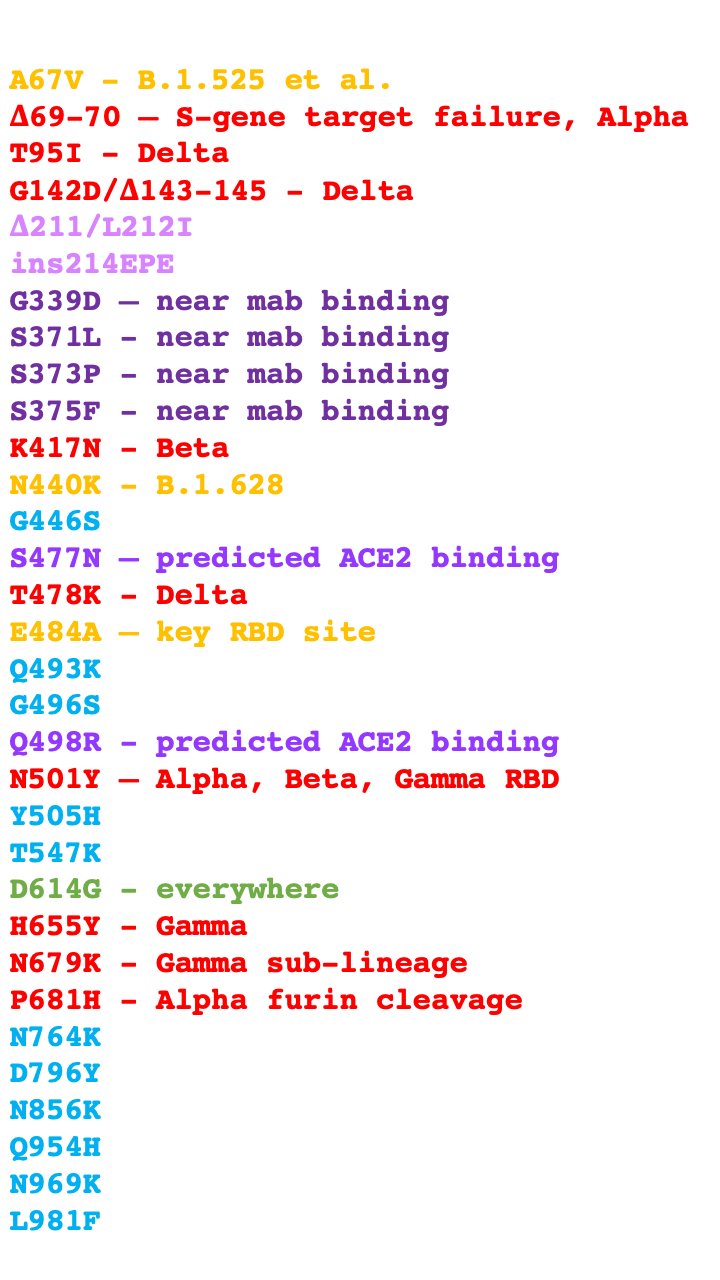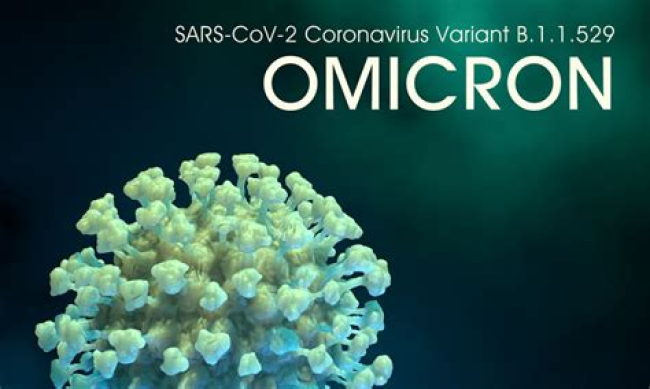Authors: Marianne Guenot December 1, 2021
Here are all the mutations in the Omicron variant and why they are scaring scientists
Omicron was named a “variant of concern” in part because of its peculiar set of mutations.
It is not yet clear whether this variant spreads faster or causes more severe infections.
It’s not yet clear whether the Omicron coronavirus variant is more transmissible, deadlier, or can evade existing vaccines.
But the constellation of mutations it carries is concerning, partly because many of them are completely new to science, experts told Insider.
Here are all the mutations of the Omicron variant, and why they’re scaring scientists.
Mutations in potentially dangerous places
The Omicron variant has more than 30 mutations on the spike protein.
The spike protein acts as a grappling hook to bind the coronavirus to cells in the human body and is the main target for the COVID-19 vaccine.
What’s concerning about Omicron is that the changes to the protein are clustering in areas that could help the coronavirus evade antibodies or become more infectious.
This can be seen in the graphic below of the Omicron spike protein, where changes to the protein are shown as colored dots. Mutations are in blue, while insertions or deletions are in red.
The changes tend to cluster in three areas of the protein, circled below. Two of them are antibody-binding sites, where antibodies from vaccines or natural immunity block the virus.
- The receptor-binding domain (RBD), the part of the spike protein that binds the cell.
- The furin cleavage site (FCS), a region that undergoes a chemical reaction before the virus can infect the cells.
- The N-terminal domain (NTD), another part of the protein.

“There are two regions that are known to bind neutralizing antibodies … the NTD and the RBD domain,” Dr. Ulrich Elling, group leader at the Institute of Molecular Biotechnology in Austria, told Insider.
“Worryingly, the mutations of Omicron cluster exactly in these two domains.”
Some of the mutations could also increase the virus’ ability to infect human cells.
Mutations to the FCS have been shown to potentially increase the transmissibility of the virus, per CoVariants.org, a website that tracks coronavirus variants and mutations.
Mutations in the RBD can also make the virus more “sticky,” making it more likely to infect — which is what happened with the Delta variant, as Martin Hibberd, professor of emerging infectious diseases at the London School of Hygiene and Tropical Medicine, told Insider.
Many mutations are completely new to science
The Omicron also carries many mutations that haven’t been seen before.
This color-coded list, as shared by Jeffrey Barrett, a geneticist at the Wellcome Sanger Institute, sheds some light on the types of mutations scientists are looking at.

Each row is a different mutation. Here’s what the colors mean, according to Barrett:
- Red: These nine mutations are already shared with other variants of concern, meaning Omicron could have the same worrying characteristics as those other variants. (Delta, for instance, is believed to be able to escape immune responses from vaccination or prior infections.)
- Yellow: These three mutations haven’t been seen in other variants of concern, and could make the virus fitter, meaning more transmissible or better at escaping immunity. (For instance, a mutation around the 484 amino acid on the protein — “E484A” — could enhance the ability of the virus to infect the cells, Elling said.)
- Green: Another mutation that has been shared by many variants since early 2020.
- Purple: These are completely new mutations for a variant of concern, but lab data suggests they could increase the virus’ ability to escape immunity or infect a person.
- Blue: These are 11 mutations that have been seen “rarely or never before,” Barrett said. Scientists don’t know what the mutations could do.
One scientist is hopeful that existing vaccines work
Hibberd said it’s too early to know the effect of the new mutations because of the way the Omicron likely arose.
Viruses evolve as they move through the population. Immune reactions put fierce selection pressure on the virus, so any mutation that is left probably makes the virus fitter.
But that’s likely not what happened with the Omicron variant, Hibberd said.
“It’s not a direct descendant of Delta or Alpha,” he said. Instead, it is similar to the Beta variant, which is “quite a long way back in the evolutionary route,” he said.
What likely happened was that an immunocompromised person caught a Beta-like variant, carried it for a long time, and the coronavirus evolved inside them, Hibberd said. Because their immune system would have been weaker, it would have put less selection pressure on the virus.
This wouldn’t be unprecedented: A case study previously showed an immunocompromised woman carried the coronavirus for at least 216 days in a row, accumulating over 30 mutations.
While it’s too early to tell if existing vaccines can work against Omicron, Hibberd said he’s confident they will.
“What was reassuring for me is that [Omicron] actually had quite a few of the mutations that we have seen before. And that makes me think that the vaccines will work against it.”
